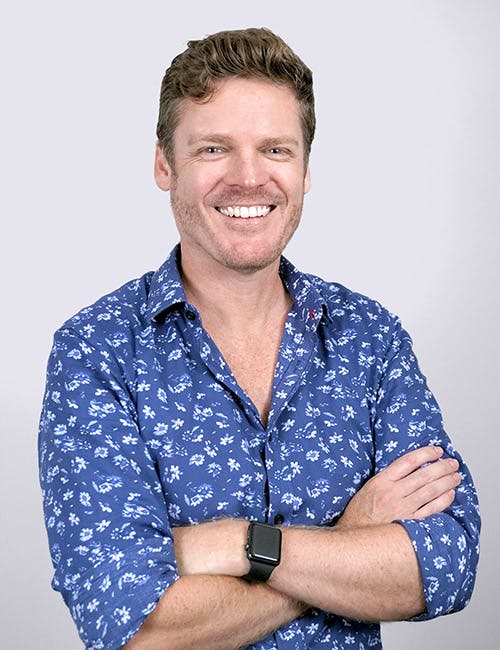The Art of Reading Between the Lines
I once read a short Zen parable about this topic and it goes like this:
A young monk approached his master, eager to learn the deeper truths of Zen. The master handed him an ancient scroll and said, "Read this and tell me what you understand."
The monk carefully unrolled the scroll, only to find it was blank. Confused, he turned it over, searching for hidden text, but found nothing. He looked up at his master, perplexed.
The master smiled and asked, "What do you see?"
The monk hesitated, then replied, "I see nothing, Master. The scroll is empty."
The master nodded and said, "Look again. What do you truly see?"
The monk paused, took a deep breath, and gazed at the blank scroll once more. After a long moment, his eyes widened with realisation. "I see... everything, Master. The emptiness contains all possibilities."
The master's smile deepened. "I think you have now begun to understand.” The master continued: “The greatest wisdom lies in the spaces between words, in the silence between thoughts. If you learn to see what is not there, you will understand far more than what is merely written."
The monk bowed, grateful for the lesson. From that day forward, he approached every teaching with new eyes, always seeking the unspoken truths hidden in the gaps.
